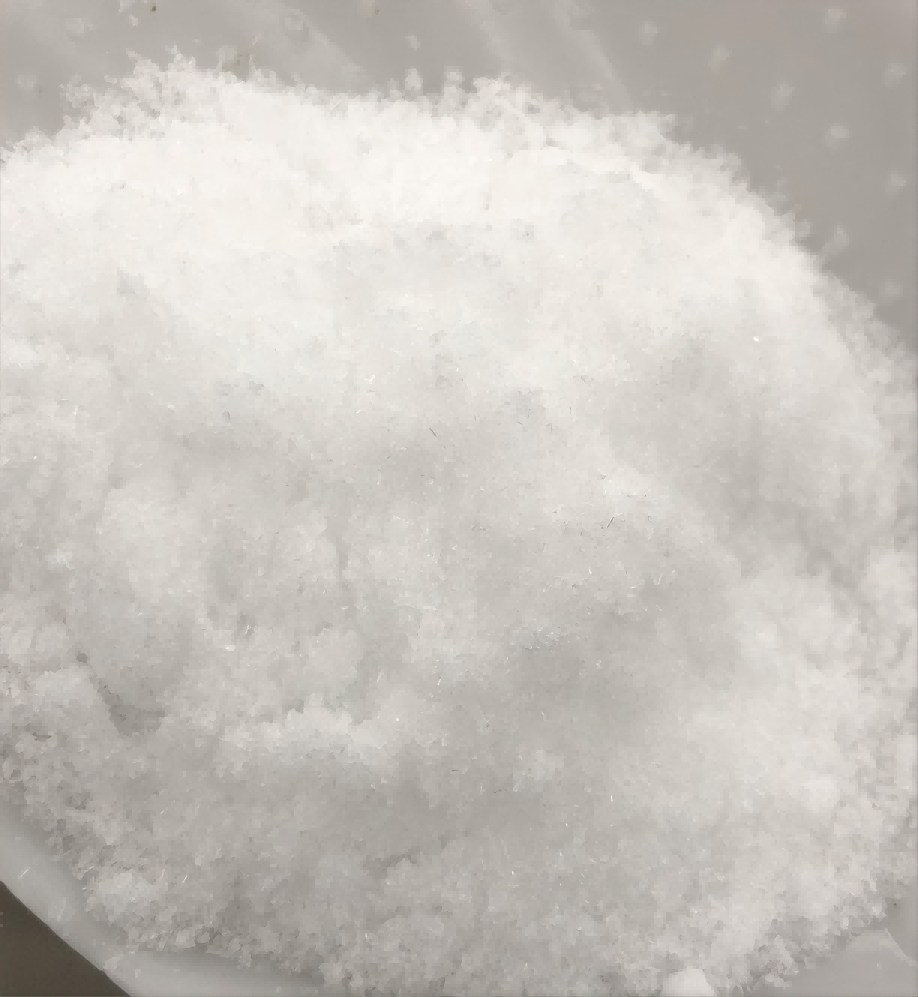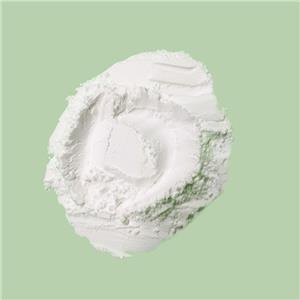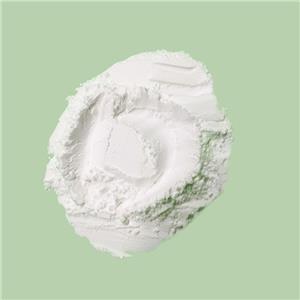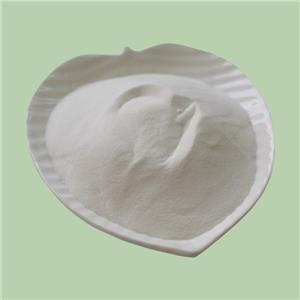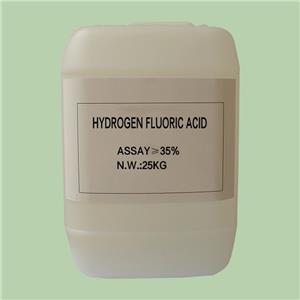Exploring the Uses and Principles of Magnesium Fluorosilicate in Concrete Floor Curing
Floor curing is a critical aspect of the construction and maintenance industry, crucial for ensuring the durability, strength, and longevity of concrete floors. Among the various compounds utilized for this purpose, magnesium fluorosilicate, represented as MgSiF6·6H2O, has gained prominence as a highly effective floor hardening agent. This comprehensive document will delve into the applications and underlying scientific principles of magnesium fluorosilicate in the context of floor curing.
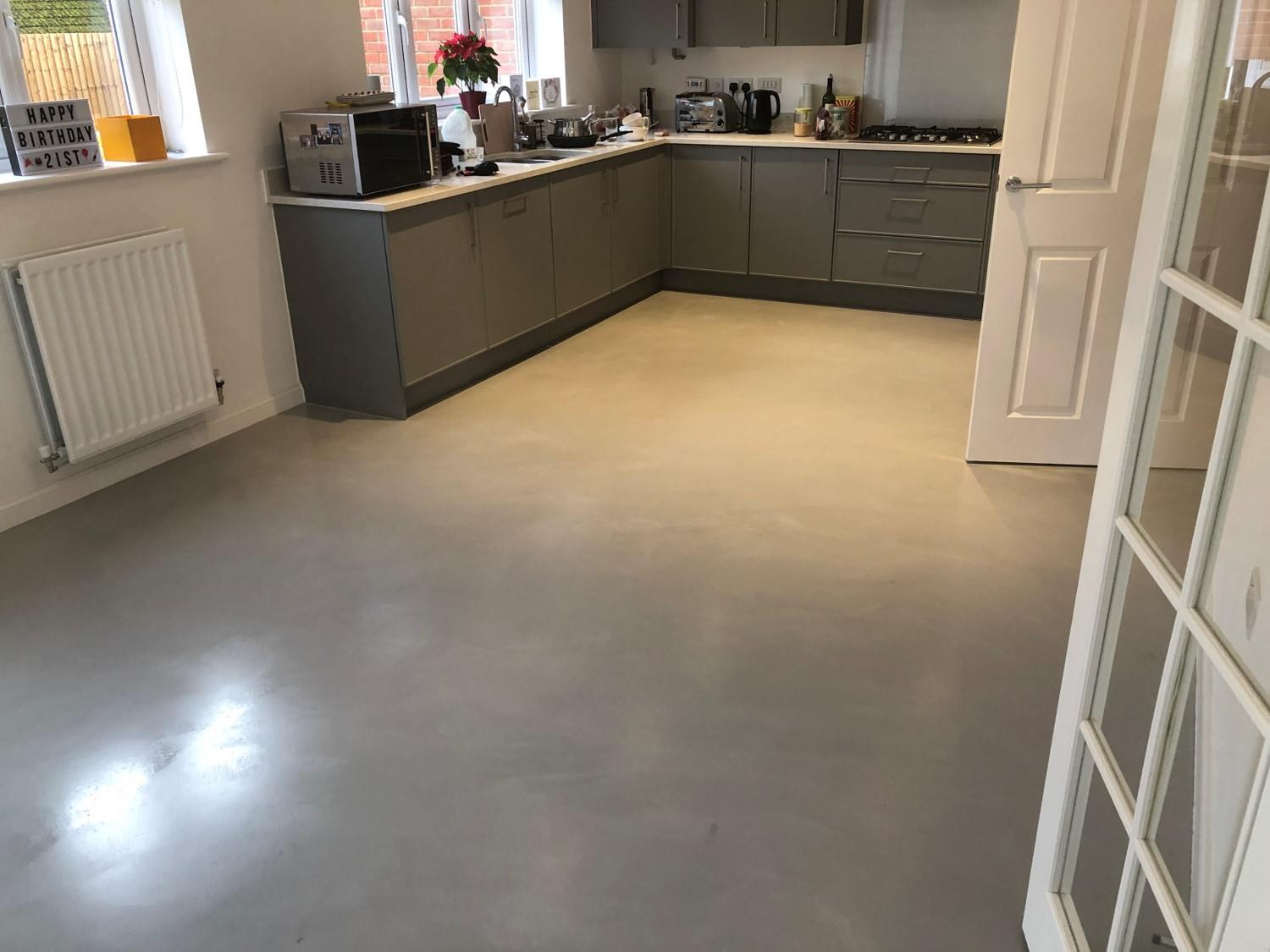
Magnesium fluorosilicate, often referred to as MgSiF6·6H2O, is a white crystalline compound characterized by its water solubility. It is widely recognized for its exceptional properties in enhancing concrete surfaces, making it an indispensable component in the realm of floor curing.
Applications in Floor Curing
Surface Hardening: Magnesium fluorosilicate is primarily employed as a surface hardening agent for concrete floors. Upon application, it initiates a chemical reaction with calcium ions present in the concrete matrix, leading to the formation of robust calcium silicate crystalline structures. This process significantly elevates the surface hardness and abrasion resistance of the concrete, ultimately extending the floor's lifespan.
Dust Mitigation: A notable benefit of magnesium fluorosilicate lies in its ability to reduce dust formation on concrete surfaces. It effectively fills the micro-pores and capillaries within the concrete, minimizing the release of dust particles. This not only enhances the cleanliness of the floor but also simplifies its maintenance.
Enhanced Chemical Resistance: Magnesium fluorosilicate contributes to heightened chemical resistance in concrete floors. It mitigates the adverse effects of acids, alkalis, and various corrosive chemicals, thereby fortifying the floor's resilience to chemical exposure.
Aesthetic Improvement: Another dimension of magnesium fluorosilicate's utility lies in its ability to enhance the visual appeal of concrete floors. It imparts a glossy finish, augmenting the overall aesthetics of the flooring and rendering it more visually appealing.
Environmental Responsibility: In contrast to certain traditional floor hardeners, magnesium fluorosilicate is recognized for its environmental friendliness. It does not contain volatile organic compounds (VOCs) that can compromise indoor air quality, making it a responsible choice for sustainable construction practices.
The Scientific Underpinnings of Magnesium Fluorosilicate
The efficacy of magnesium fluorosilicate in floor curing can be attributed to its chemical interactions with the constituents of concrete. When applied to a concrete surface, the following reactions transpire:
1、Interaction with Calcium Ions: Magnesium fluorosilicate engages with calcium ions (Ca2+) naturally present in the concrete. This interaction culminates in the formation of calcium silicate hydrate (CSH) gel.
MgSiF6·6H2O + Ca2+ → CaSiF6 + 6H2O + Mg2+
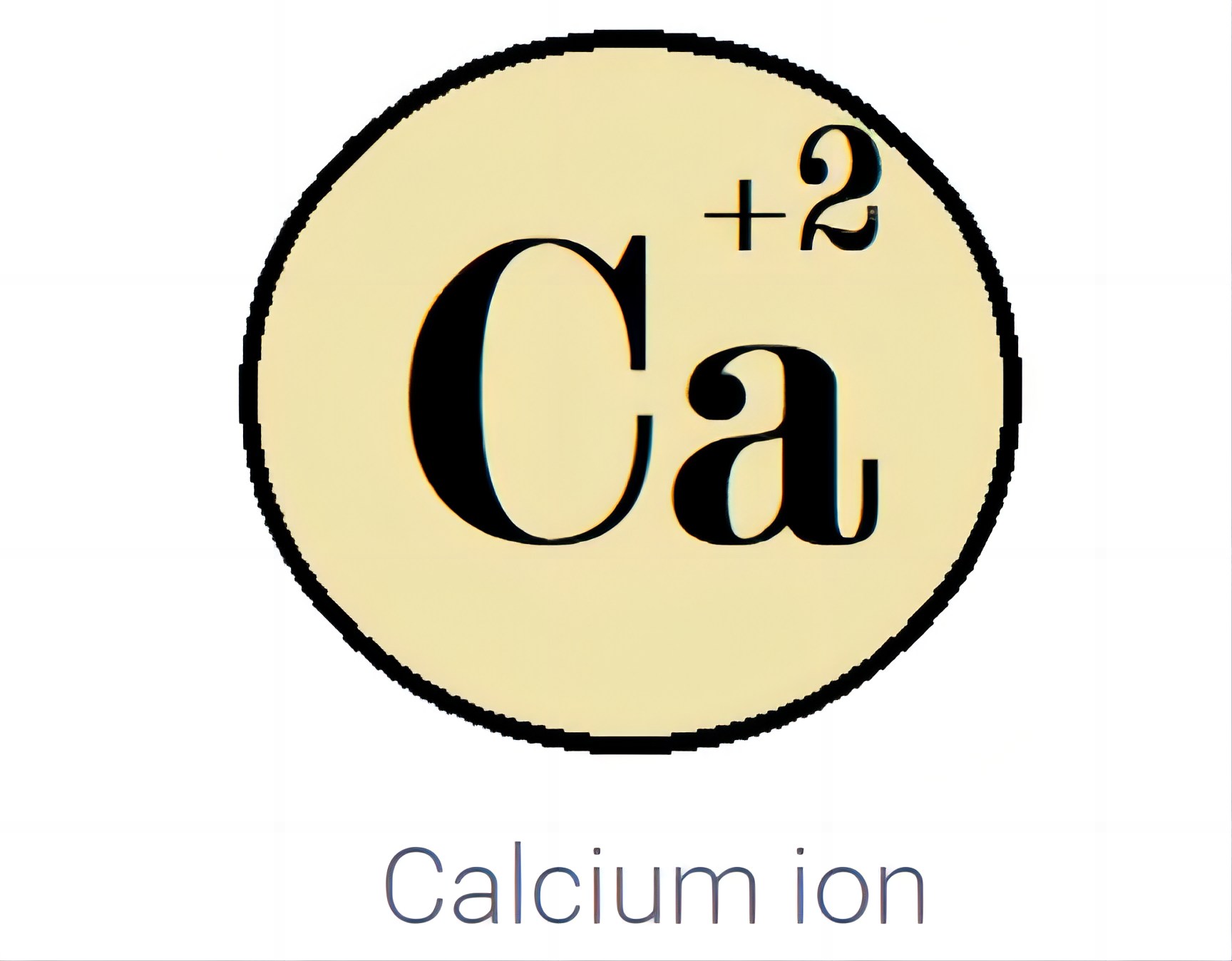
2、Formation of Calcium Silicate Crystals: The CSH gel generated during the reaction gradually undergoes crystallization, engendering a dense network of calcium silicate crystals on the concrete surface. These crystals serve as a formidable reinforcement, substantially enhancing the floor's hardness and resilience.
Magnesium fluorosilicate, with its distinguished attributes and versatile applications, plays an indispensable role in floor curing, endowing concrete surfaces with augmented hardness, reduced dust generation, heightened chemical resistance, and aesthetic allure. A profound understanding of the chemical principles governing its action is paramount for its effective utilization. As an environmentally responsible solution, magnesium fluorosilicate continues to be a cornerstone choice for upholding the durability and performance of concrete floors across diverse construction and industrial domains. Its remarkable properties empower builders and facility managers to craft floors that endure the test of time while meeting the demands of sustainability and aesthetics.
